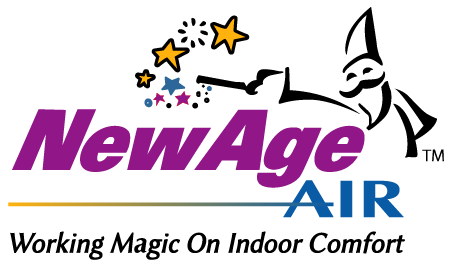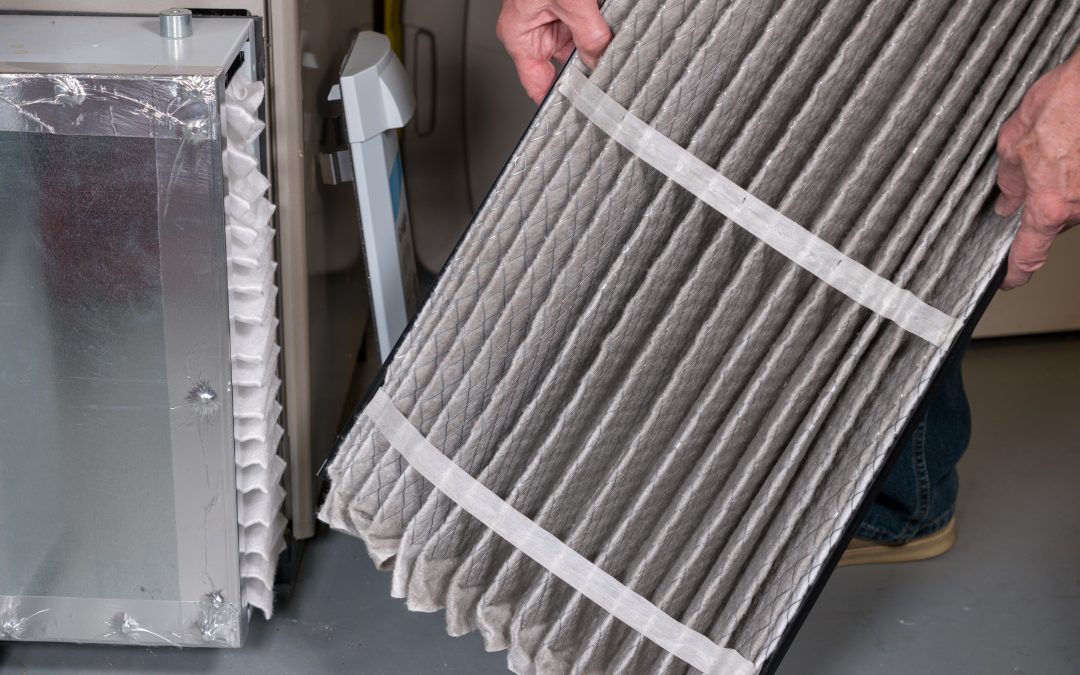10 Essential HVAC Maintenance Tips to Keep Your Home Cozy This Fall
As autumn rolls in and temperatures drop, it’s time to think about one of the most important aspects of your home: your HVAC system. Whether you’re getting ready for the first frosty nights or preparing for the full chill of winter, proper fall HVAC maintenance can make all the difference. Ensuring that your heating system is in peak condition not only helps you stay comfortable but also saves you from unexpected, costly repairs. In this article, we’ll walk you through a comprehensive checklist of HVAC maintenance tips that will keep your system running efficiently and your home cozy all season long. Depend on New Age Air to help you with all your HVAC, Heating, and Air Conditioning needs in Pottstown and surrounding areas.
- Change the Air Filter Regularly
One of the simplest yet most critical steps to maintaining your HVAC system is to regularly change the air filter. The air filter prevents dust, allergens, and other particles from circulating through your home’s air. Over time, the filter becomes clogged, reducing the system’s efficiency and airflow.
- How often should you replace the air filter? It depends on your household. A general rule of thumb is to change the filter every 1 to 3 months, but homes with pets or allergy sufferers may need more frequent changes.
- Why it’s important: Clogged filters make your furnace work harder, driving up energy costs and putting unnecessary strain on the system, which could lead to breakdowns.
- Adjust the Thermostat for Efficiency
With cooler temperatures, your thermostat needs to switch from cooling to heating mode. However, simply setting it to a higher temperature isn’t enough. An optimized thermostat setting can save energy and reduce your bills.
- Ideal thermostat settings: During the day, set your thermostat to 68-70°F while you’re home. When you’re away or asleep, lower it to 60-62°F. Every degree you lower can save you up to 3% on your heating bill.
- Smart thermostats: If you haven’t already, consider upgrading to a smart thermostat. These devices learn your schedule and adjust the temperature automatically, saving you energy while maintaining comfort.
- Clean and Inspect the Vents
Air vents and registers can easily become clogged with dust and debris, which restricts airflow and causes your system to work harder than it needs to.
- How to clean the vents: Use a vacuum cleaner with a brush attachment to remove any dust buildup from your vents. Be thorough but gentle to avoid damaging the vents.
- Avoid blocked vents: Ensure that furniture, rugs, or curtains aren’t blocking your vents. Contrary to popular belief, closing vents in unused rooms can disrupt airflow and make your HVAC system less efficient, leading to higher energy bills.
- Seal Duct Leaks
Leaking ducts are one of the main causes of heat loss, and they can significantly reduce the efficiency of your HVAC system. The warm air that’s supposed to heat your living spaces may escape into unconditioned areas like attics or crawl spaces.
- How to detect leaks: Look for any visible holes or gaps in your ductwork. Pay attention to any unusual whistling sounds or fluctuating temperatures in your home.
- Sealing solutions: For minor leaks, use mastic sealant or metal-backed tape (avoid duct tape as it deteriorates quickly). However, if your ducts have extensive damage, it’s best to call in a professional for proper sealing and insulation.
- Keep Your Furnace Area Clear
Your furnace needs space to operate safely and efficiently. Crowding the furnace with storage items can pose a fire hazard and limit airflow, leading to decreased performance.
- Clear a path around the furnace: Make sure the area around your furnace is clear of any debris, boxes, or flammable materials. This includes items like paint cans, cleaning chemicals, and aerosol sprays.
- Allow airflow: Ideally, there should be at least 3 feet of clearance around your furnace to ensure proper airflow and safe operation.
- Test Smoke Alarms and Carbon Monoxide Detectors
If you’re using a gas furnace, it’s critical to have functioning smoke alarms and carbon monoxide detectors in your home. These devices can alert you to potentially dangerous situations, such as gas leaks or fire.
- Monthly checks: Test your smoke alarms and carbon monoxide detectors once a month to ensure they’re working. Replace batteries annually or as needed.
- Why it matters: A faulty furnace can lead to carbon monoxide poisoning, which is deadly but odorless. Having a working carbon monoxide detector is your first line of defense.
- Schedule a Professional HVAC Tune-Up
While there are plenty of maintenance tasks you can handle yourself, some things are best left to the professionals. A yearly HVAC tune-up ensures that your system is thoroughly cleaned, inspected, and optimized for the colder months. Schedule your heater / furnace tune-up with New Age Air in Pottstown now.
- What’s included in a tune-up? A professional HVAC technician will clean components like the blower, check for leaks, inspect electrical connections, and calibrate your thermostat. They will also perform safety checks, including inspecting the heat exchanger for cracks or other damage.
- Why it’s essential: Regular tune-ups can extend the life of your HVAC system, improve efficiency, and catch minor problems before they become costly repairs.
- Inspect the Furnace Flue and Chimney
Your furnace’s flue and chimney play an essential role in venting harmful gases, like carbon monoxide, out of your home. A blocked flue can lead to dangerous backdrafting, which could allow these gases to leak into your living space.
- Check for blockages: Make sure that the flue pipe is free of any obstructions like leaves, dirt, or bird nests. If your chimney is in use, have it inspected and cleaned by a professional to ensure it’s safe for the winter.
- When to call for help: If you’re unsure about the condition of your flue or chimney, or if you suspect a blockage, it’s best to contact New Age Air your HVAC professional for an inspection.
- Consider Upgrading to a High-Efficiency Furnace
Is your furnace over 10 years old? If so, it may be time to consider an upgrade. Older systems are not as energy-efficient, and they require more frequent repairs as they age.
- Benefits of a high-efficiency furnace: Newer models can achieve up to 97% efficiency, meaning that almost all the energy used is converted into heat. This leads to lower energy bills and a more environmentally friendly home.
- When do a furnacereplacement: If your furnace is constantly breaking down or if your energy bills are increasing year after year, it’s worth considering a replacement. The upfront cost may be high, but the long-term savings in energy bills and repair costs will more than make up for it.
- Prepare Your Home for Winter
Beyond maintaining your HVAC system, there are a few additional steps you can take to prepare your home for winter.
- Seal windows and doors: Gaps around your windows and doors can let cold air in and warm air out. Use weather stripping or caulk to seal these gaps and improve your home’s insulation.
- Install ceiling fans: Ceiling fans aren’t just for summer. In the winter, set your fans to rotate clockwise at a low speed. This helps to push warm air down from the ceiling, keeping your living spaces more comfortable without increasing your thermostat.
Final Thoughts: Don’t Wait Until It’s Too Late
By following this fall HVAC maintenance checklist, you can ensure that your system is ready to handle the demands of winter. Regular maintenance keeps your HVAC system running efficiently, prevents breakdowns, and extends its lifespan. Plus, with lower energy bills and a reduced risk of expensive repairs, the peace of mind you gain is priceless.
So, before the first frost hits, take the time to prepare your HVAC system. A little effort now can save you a lot of trouble later. And remember, if you’re unsure about any maintenance task, it’s always a good idea to consult with a professional New Age Air HVAC technician to ensure your system is in top shape. Don’t hesitate to contact us through email or call 610-298-0271 for expert HVAC assistance and advice.

